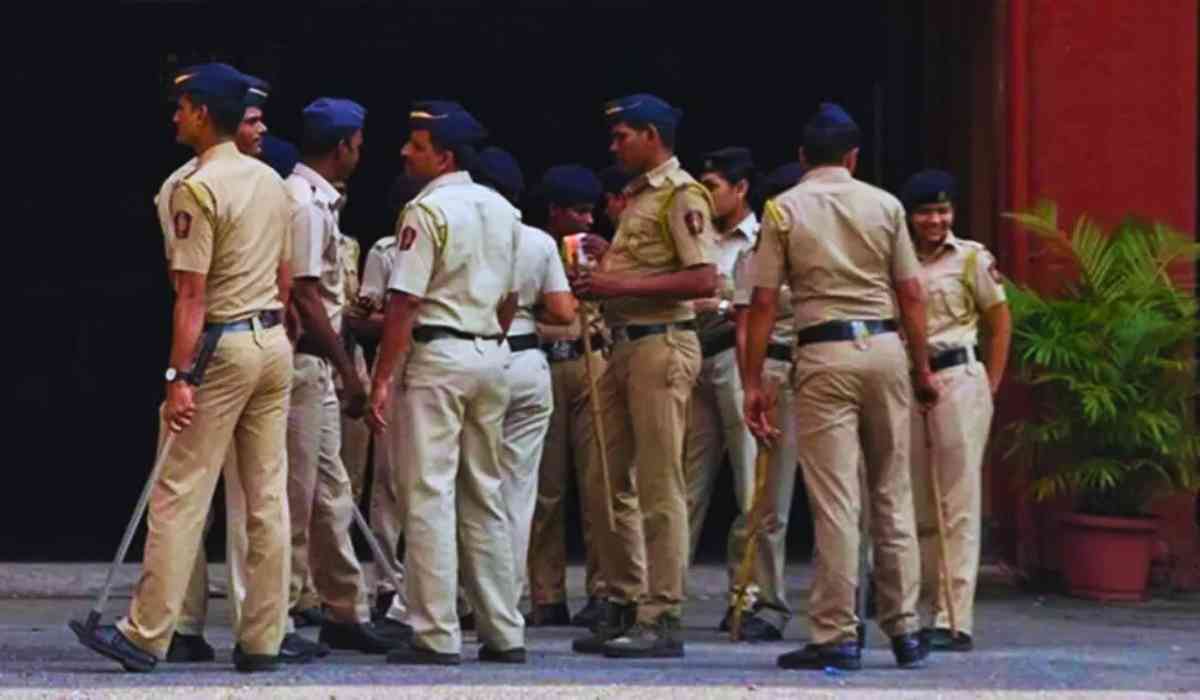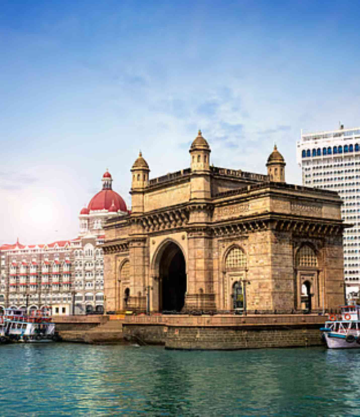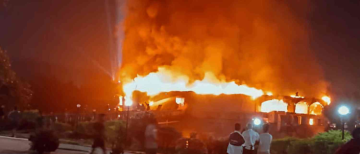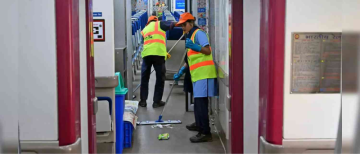On January 21, 2025, Mumbai Police took significant steps in the investigation of the knife attack on Bollywood actor Saif Ali Khan by recreating the crime scene at his residence in Bandra. The accused, identified as Mohammad Shariful Islam Shehzad, was escorted to Khan’s apartment in the Satguru Sharan building around 5:30 AM for this crucial reenactment.The primary objective of this recreation was to gather vital evidence regarding how Shehzad managed to enter Khan's residence without being detected by security cameras. Preliminary investigations revealed that he had climbed up to the seventh or eighth floor before accessing Khan's apartment through a bathroom window.
This detailed approach is essential for piecing together the sequence of events leading up to the attack.During the reconstruction, police spent approximately an hour at the scene, meticulously retracing Shehzad's movements after he allegedly committed the crime on January 16. Following their time at Khan's residence, they took him to various locations he visited post-attack, including a garden near the building and Bandra Railway Station, from where he fled.
Authorities aim to clarify how he navigated these areas undetected.The investigation has already yielded significant evidence, including 19 fingerprints found at multiple locations within Khan’s apartment. These fingerprints have been sent for forensic analysis to establish a solid connection between Shehzad and the crime scene.Shehzad, a 30-year-old Bangladeshi national, was arrested on January 19 in Thane while attempting to flee back to Bangladesh. He had reportedly entered India illegally and had been using an alias during his time in Mumbai. His actions during the attack were particularly alarming; he stabbed Khan multiple times during a confrontation as the actor tried to protect his young son.
This incident has drawn considerable media attention not only due to Khan's celebrity status but also because of the implications surrounding security and safety in high-profile residences. The police are under pressure to ensure a thorough investigation and provide clarity on how such an incident could occur in a seemingly secure environment.As investigations continue, Mumbai Police remain focused on gathering all necessary evidence to ensure justice is served in this high-profile case.

How did the police manage to recreate the crime scene so accurately?
Mumbai Police managed to recreate the crime scene at Saif Ali Khan's residence with remarkable accuracy through a systematic and methodical approach to crime scene investigation. Here’s how they accomplished this:
1. Comprehensive Scene Management
The police began by securing the crime scene, ensuring that all potential evidence remained undisturbed. This included taking extensive photographs from various angles to document the layout and condition of the scene, including entrances and exits, which is critical for understanding how the suspect accessed the property
2. Detailed Evidence Collection
Investigators meticulously collected physical evidence, such as fingerprints and any other trace evidence found at the scene. In this case, 19 fingerprints were identified and sent for forensic analysis, which is essential for linking the suspect to the crime. The collection process also involved documenting the location of each piece of evidence in relation to others, allowing for a clearer understanding of the events that transpired
3. Use of Forensic Techniques
The reconstruction involved applying various forensic techniques, such as blood spatter analysis and trajectory analysis, to interpret how the attack unfolded. This scientific approach helps in developing a clearer picture of the sequence of events leading up to and during the incident
4. Hypothesis Testing
During the reconstruction, investigators formulated hypotheses about what occurred based on the physical evidence gathered. They then tested these hypotheses through further investigation and analysis, ensuring that their conclusions were supported by data.5. Active Participation of Investigators
The process was not merely mechanical; it required active participation from investigators who utilized deductive reasoning to connect different pieces of evidence. This dynamic approach is crucial in piecing together what happened during the crime.
6. Reenactment with the Suspect
Finally, bringing the suspect back to the scene allowed police to observe and document his actions in real-time, providing insights into how he executed the crime and potentially revealing additional details about his movements and decisions during the incident.Through these meticulous steps, Mumbai Police were able to recreate the crime scene accurately, enhancing their understanding of the case and aiding in their ongoing investigation.
With inputs from agencies
Image Source: Multiple agencies
The views expressed in this article are personal. They do not reflect the opinions, beliefs, or positions of Vygr and Vygr Media Private Limited.
© Copyright 2024. All Rights Reserved Powered by Vygr Media.






















